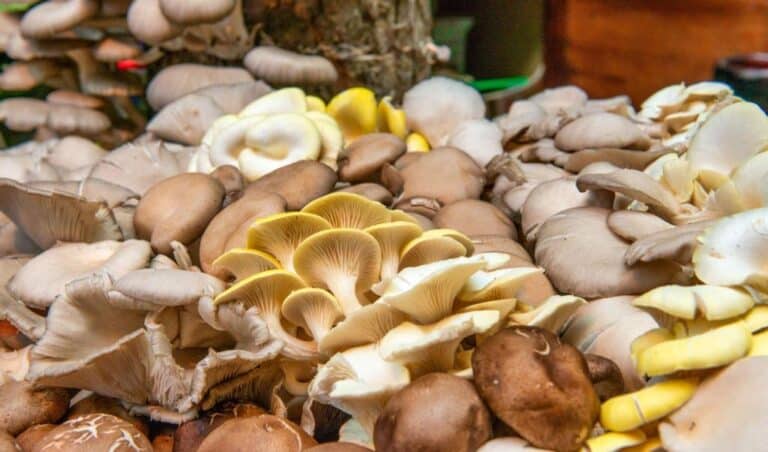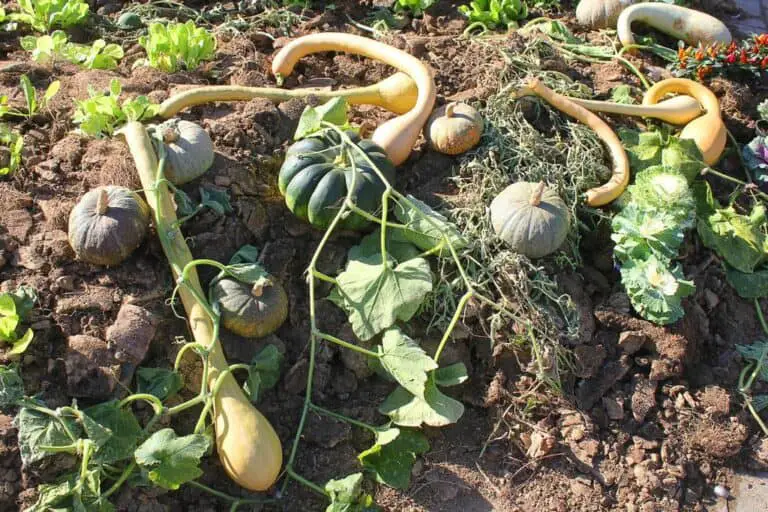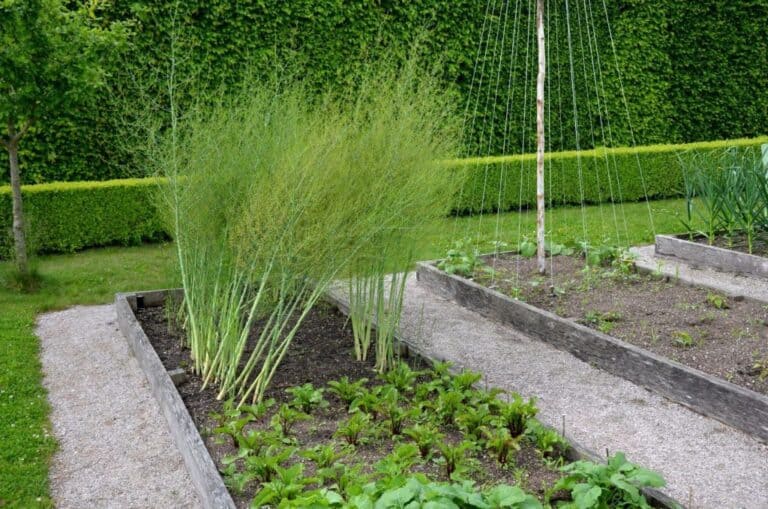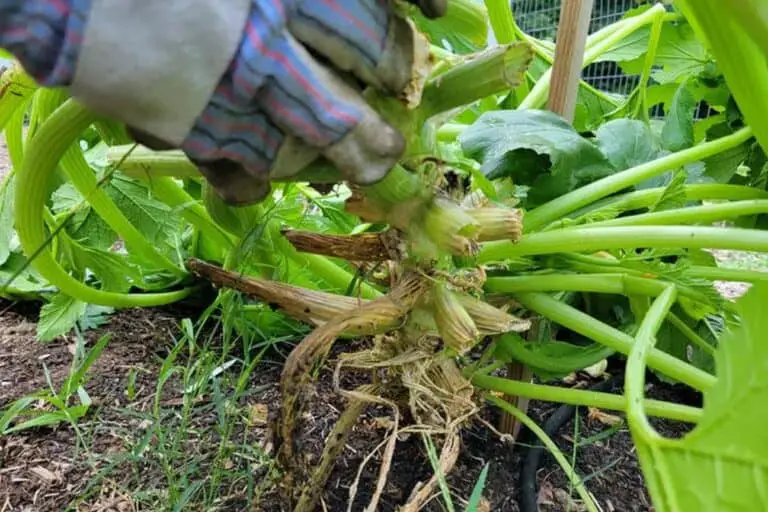Can You Eat Unripe Cantaloupe? Is It Bad and Can Make You Sick?
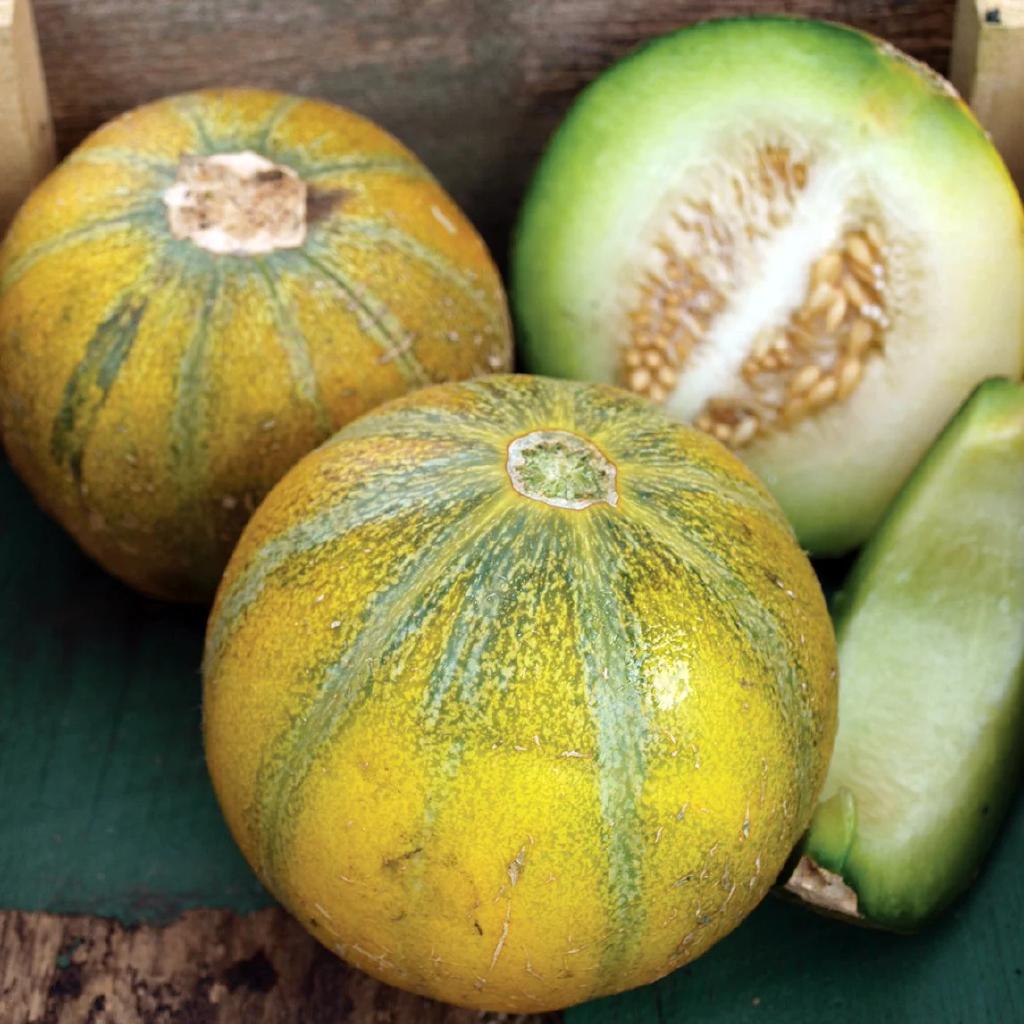
Do you love cantaloupes but often end up with unripe ones? Or maybe you’re just curious if it’s safe to eat them before they fully ripen. Well, you’re not alone!
Yes, you can eat unripe cantaloupe, though its quality won’t be as great. Unripe cantaloupe is generally safe to consume and may even have medicinal effects
The world of unripe cantaloupes can be a little confusing, but fear not! In this article, we will be exploring everything you need to know about unripe cantaloupes, including if they’re safe to eat, their nutritional value, and some delicious ways to use them up.
So, whether you’re a cantaloupe connoisseur or a curious foodie, keep reading to find out all you need to know about this delicious fruit!
Can You Eat Unripe Cantaloupe?
Unripe cantaloupe may not be as tasty as ripe cantaloupe, which is juicy and sweet, but it is safe to eat. In fact, consuming unripe cantaloupe can provide some surprising health benefits.
Unripe cantaloupe is still a great source of vitamin C, fiber, and antioxidants. It also has pectin, which can help the body digest food and keep blood sugar levels stable.
Even though most people eat cantaloupe when it’s ripe, eating it when it’s still green has its own benefits. Here are some potential benefits of consuming unripe cantaloupe:
- High in Vitamin C: Just like ripe cantaloupe, unripe cantaloupe is a good source of vitamin C, which is essential for boosting immunity and fighting off infections.
- Low in Sugar: Unripe cantaloupe has a lower sugar content compared to ripe cantaloupe. This makes it a good option for people who are watching their sugar intake, such as those with diabetes.
- Contains More Pectin: Pectin is a type of soluble fiber that is present in fruits and vegetables. Unripe cantaloupe has higher levels of pectin compared to ripe cantaloupe, which can help improve digestive health by promoting regular bowel movements and preventing constipation.
- Improves Gut Health: Unripe cantaloupe contains probiotics, which are beneficial bacteria that can help improve gut health. Consuming unripe cantaloupe can help increase the number of probiotics in your gut and promote better digestion.
- Offers a Unique Taste: Unripe cantaloupe has a firmer texture and a tangier taste compared to ripe cantaloupe. Some people enjoy this unique taste and use unripe cantaloupe in salads or smoothies for added flavor.
WARNING![]()
It is important to note that unripe cantaloupe can be harder to digest and may cause stomach upset in some people. If you want to eat unripe cantaloupe, you should do so in small amounts and slowly increase your intake so your body can get used to it.
Is Unripe Cantaloupe Bad for You?
When it comes to eating unripe cantaloupe, many people are concerned about its safety and potential health risks. As was already said, unripe cantaloupe might not taste as good as ripe cantaloupe, but it is usually safe to eat.
However, there are some precautions you should take to avoid any potential negative effects.
One of the main concerns about unripe cantaloupe is that it can be harder to digest than ripe cantaloupe. This is because unripe cantaloupe contains higher levels of certain compounds that can be tough on the digestive system.
These compounds can cause stomach upset, bloating, and other digestive issues in some people. If you often have problems with your stomach, you might not want to eat a lot of unripe cantaloupe.
Another potential risk of an unripe cantaloupe is that it can contain harmful bacteria. Salmonella and E. coli can grow on cantaloupes because their skin is rough and full of holes. While these bacteria are more commonly found on the outside of cantaloupes, they can also be found inside if the fruit has been improperly handled.
To reduce your risk of foodborne illness, it’s important to wash your cantaloupe thoroughly before cutting into it and to store it in the refrigerator after cutting.
Overall, cantaloupe that isn’t ripe isn’t necessarily “bad” for you, but it may be harder to digest and may contain bacteria that can make you sick. If you do decide to eat an unripe cantaloupe, do so in moderation and take the right precautions to avoid any bad effects.
As with any food, it’s always a good idea to listen to your body and pay attention to how you feel after eating unripe cantaloupe to determine if it agrees with you.
Can You Cook an Unripe Cantaloupe?

The idea of cooking an unripe cantaloupe may seem odd at first, but it is actually a creative way to make use of an unripe fruit. When you cook an unripe cantaloupe, you can make it softer and easier to eat, and you can also improve its flavor.
However, cooking an unripe cantaloupe will not ripen it, and it may not become as sweet as a ripe one.
Here are some easy steps for cooking unripe cantaloupe:
- To cook an unripe cantaloupe, start by preheating your oven to the “bake” setting. Since unripe cantaloupes are denser and firmer than ripe ones, they require a higher temperature to cook thoroughly.
- After that, split the cantaloupe in half and scoop out the seeds.
- You can also remove the rind if you prefer, but it is not necessary.
- You can season the cantaloupe with salt, pepper, honey, or any other spices or sweeteners of your choice.
When cooking unripe cantaloupe, you can choose to bake, grill, or broil it. If you choose to bake it, place the cantaloupe halves on a baking sheet and bake for 25–30 minutes, until the flesh is soft and tender. If you choose to grill it, place the cantaloupe halves on a hot grill and cook for 10–15 minutes, until grill marks appear and the flesh is softened. If you choose to broil it, place the cantaloupe halves on a baking sheet and broil for 10–15 minutes, until the flesh is lightly browned.
What to Use for Unripe Cantaloupe
Unripe cooked cantaloupe can be enjoyed as a side dish or a dessert. You can also add it to salads, smoothies, or yogurt bowls. Cooked cantaloupe can also be stored in an airtight container in the refrigerator for up to 3 days.
- One way to use unripe cantaloupe is to make soup. Just cut up the unripe cantaloupe into small pieces and cook them with onions and garlic until they are soft. Bring some vegetable broth to a boil. Let it simmer for 20 minutes, then blend until smooth. You can add some cream or yogurt for a creamy texture and top it off with some fresh herbs for added flavor.
- Another option is to turn unripe cantaloupe into jam. Cut the cantaloupe into small cubes and place them in a pot with sugar, lemon juice, and a little bit of water. Let it simmer for about an hour, stirring occasionally, until the mixture thickens. You can then store the jam in jars for future use.
- One of the easiest and most delicious options is to use it as a thick base for smoothies. Simply blend the unripe cantaloupe with your favorite fruits and vegetables, a liquid such as water or milk, and any additional flavorings you desire. The unripe cantaloupe will provide a thick, creamy texture to the smoothie and can help make it more filling and nutritious.
- A delicious agua fresca can be made by blending unripe cantaloupe with lime juice and honey. Simply blend the ingredients together and strain the mixture through a sieve. You can also add some sparkling water for some fizz or some mint leaves for added freshness.
- Grilling unripe cantaloupe is a fantastic way to transform its lackluster taste and texture. Grilling the melon brings out its sweetness and adds a lovely smoky flavor. The heat caramelizes the sugars in the fruit, resulting in a savory and sweet dish. The addition of salt, either during grilling or afterward, enhances the flavors even more. To grill unripe cantaloupe, you’ll need to slice it into wedges or cubes. Preheat the grill to medium-high heat and brush the fruit with a little bit of olive oil to prevent it from sticking. You can sprinkle a little salt on top at this point, too, if you like. Grill the cantaloupe for a few minutes on each side, until it has grill marks and is slightly charred. You can serve it as a side dish, or chop it up and toss it into a salad.
- Another fun way to use grilled unripe cantaloupe is to turn it into a salsa. Chop up the grilled fruit into small pieces and mix it with diced red onion, jalapeno, and cilantro. Squeeze some fresh lime juice on top and season with salt to taste. This salsa is a delicious and unique addition to tacos, grilled chicken, or even just as a dip with tortilla chips.
How to Ripen a Cantaloupe After Picking It Early
Sometimes it’s difficult to find a ripe cantaloupe at the grocery store or farmers market, and you may end up with an unripe one. In some cases, you may have picked a cantaloupe from your own garden before it had fully ripened. Fortunately, there are some steps you can take to ripen a cantaloupe after picking it early.
First, it’s important to understand why a cantaloupe may be unripe. One common reason is that it was picked too early. Cantaloupes continue to ripen after they’re picked, but if they’re harvested too early, they may not have a chance to fully develop their sweet flavor. Besides, weather conditions, such as cool temperatures, can slow down the ripening process.
The ripening process of cantaloupes is caused by the release of ethylene gas. This gas is produced naturally by the fruit and triggers the ripening process. When cantaloupes are exposed to ethylene gas, they ripen faster. However, if the cantaloupe is not exposed to enough ethylene gas, it may not ripen fully.
To ripen an unripe cantaloupe, there are a few steps you can follow:
- Place the cantaloupe in a brown paper bag: This will trap the ethylene gas produced by the cantaloupe, which will help it ripen faster.
- Add an apple or banana: Apples and bananas are high in ethylene gas and can help speed up the ripening process of the cantaloupe.
- Store the bag in a warm place: Cantaloupes ripen best in warm temperatures, so store the bag in a warm place, such as on the kitchen counter or near a sunny window.
- Check the cantaloupe regularly: Check the cantaloupe every day to see if it’s ripening. It should start to become softer to the touch and develop a sweet aroma.
- Enjoy the ripe cantaloupe: Once the cantaloupe is fully ripe, cut it open and enjoy its sweet and juicy flavor.
Can a Cantaloupe Ripen After Being Cut?
Cutting into a cantaloupe is an effective way to check if it’s ripe or not, but once it’s cut, the ripening process slows down considerably. This is because the flesh of the cantaloupe is exposed to air, which causes it to lose moisture and become dry. When the cantaloupe is left out at room temperature after being cut, the risk of bacterial growth increases, which can lead to foodborne illnesses.
So, you should put cut cantaloupe in the fridge to stop bacteria from growing and to slow down the ripening process. It’s worth noting that the cantaloupe will not continue to ripen once it’s been cut, so you want to make sure it’s as ripe as you desire before cutting it.
If you’re looking to ripen an unripe cantaloupe, it’s best to leave it whole and place it in a warm spot, such as a sunny windowsill or on the kitchen counter. As the cantaloupe ripens, it will get softer to the touch and start to smell sweet. Once the cantaloupe is fully ripe, you can cut it open and enjoy its delicious flavor.
Conclusion
While unripe cantaloupe may not be as enjoyable to eat as its ripe counterpart, it is perfectly safe and can be used in a variety of ways. From soups to jams to refreshing drinks, there are many creative ways what do to with unripe cantaloupe in the kitchen. Not only can unripe cantaloupe add a unique flavor to your meals, but it can also provide some surprising health benefits.


